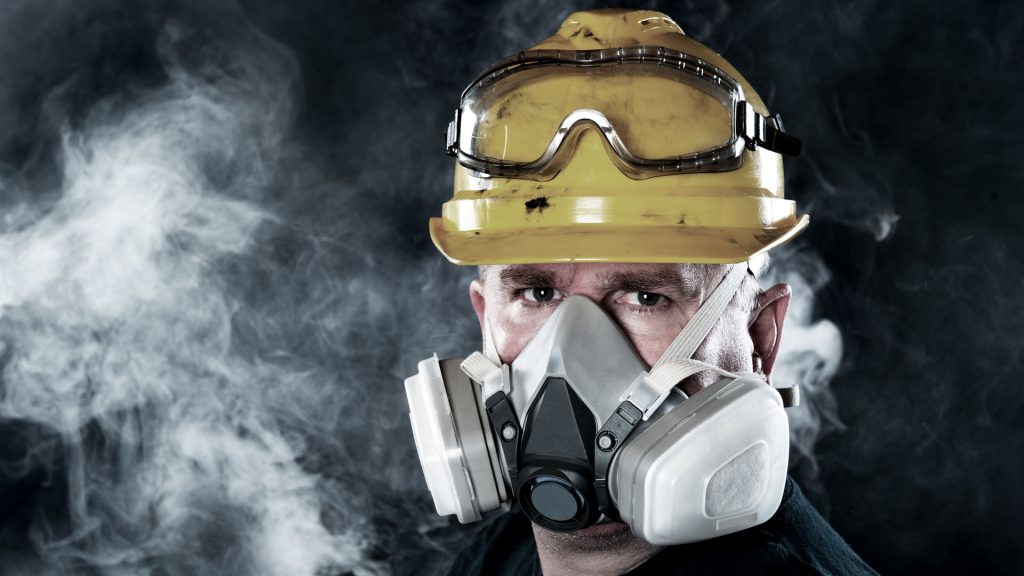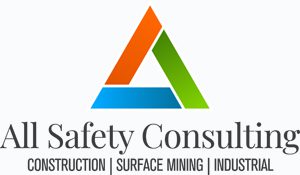The Importance of Fit Testing | One Size does NOT fit all.
People come in all sorts of shapes and sizes. Fit testing will ensure that your equipment selected is suitable for you and fits correctly. Proper Fitting Hearing Protection can protect you from hearing loss while Respirators that are correctly adjusted to fit your face can protect you from dangerous fumes and save your life. We have the correct equipment and the expertise to conduct fit testing for Respirators & Hearing Protection.




Hearing Protection Fit Testing
OHSA has recommended fit testing as a best practice in hearing conservation since 2008. All Safety Consulting is dedicated to helping your company with Hearing Protection Fit Testing known as ear-fit, as well as a hearing preservation program to ensure your workers are adequately protected against this hidden hazard.
There are many benefits of Fit Testing.
- Identify employees with poorly fitting hearing protectors BEFORE potential hearing loss.
- Employees can learn how correctly fitting hearing protectors impacts protection.
- Employees can feel and hear the difference when their hearing protection is functioning properly.
- Is a pro-active, best practices approach to hearing loss prevention.
3M™ E-A-Rfit™ Dual Validation System:
Our fit test is done by connecting hearing protection to the 3M™ E-A-Rfit™ Dual Validation System.
- Dual-ear testing
- Fast, clear accurate results
- Earmuff testing capability
- Testing of all 7 frequencies
Course Materials
The 33M™ E-A-Rfit™ Dual Validation System tests and produces a report for your records.
From Subject Received Size
Amanda MacDuffee Re: Fit Testing Page 3:11 PM 33 KB


Respirator Protection Fit Testing
A respirator fit test ensures the proper fit of a respirator. All workers who use any respirator must be fit tested at least every 2 years or if there has been a significant change in the shape of the face through weight gain, weight loss, dental surgery or facial surgery.
Each make, model and size mask needs to be fit tested. For example, you are fit tested on a 3M half face mask size M, then you are given a different make of mask even though they are the same style the new mask needs fit testing as all makes and models fit differently. Half face, full face and N95 (disposable) masks must be fit tested including N95 masks.
There are two types of respirator fit testing, Qualitative and Quantitative.
Qualitative Respirator Fit Testing
This is the most common type of testing as the equipment is inexpensive. It is done with a hood and a solutions sprayed into the hood. First the participant puts on the hood and a solution is sprayed in to the hood to determine sensitivity and number of sprays that will be required for the testing.
Once determined the wearer will be shown how to don the mask properly and conduct a seal test. The hood is then put on the participant wearing the mask. A series of exercises are done to imitate a person working while wearing the mask. This it to ensure the mask keeps its seal when the wearer is moving the head or body. If the wearer does not taste the solution during the testing it is considered a pass.
Quantitative Respirator Fit Testing
Quantitative testing is conducted using a portacount. This type of testing eliminates the need for the wearer to indicate anything to the tester. It is all done by the equipment using air to and does not rely on the sensitivity of the user as it indicates the fit factor measurement of the mask to user. This type of respirator fit test is more accurate.
Prerequisites
It is important to know that a person need to be clean shaven to wear or be fit tested on or use a respirator. If the wearer has facial hair a true seal cannot be accomplished. There are some exceptions with moustaches and goatees, the tester will determine if the wearer can be fit tested and will refuse to fit test if the facial hair would interfere with the seal of the mask.
Prior to either of these tests, the tester trains the participant on selection, use and care of respirators.
Course Materials
A card and confirmation of fit test is given to the participant. The card and confirmation states the make, mode and size of the respirator.
Safety Equipment and Protective Products
for a safe workplace
Shop our wide variety of quality safety products such as safety gloves, safety glasses, personal protection, hi visibility vests, signage and everything else you need to keep your company and your employees safe.

